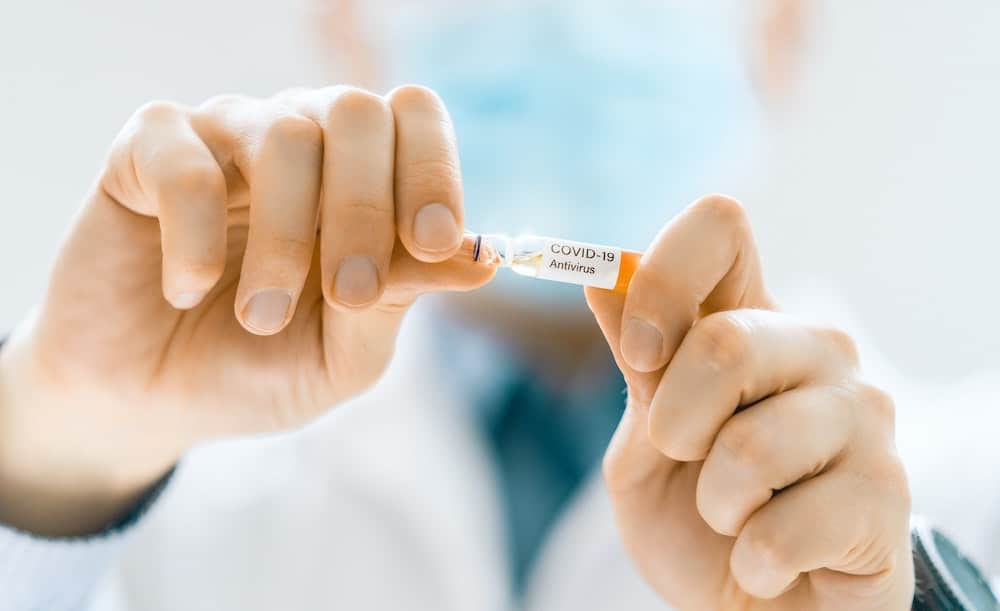In the demanding world of athletics, sprinters continually push their bodies to the limit. One particular area of concern is the hamstring. A hamstring injury can disrupt a sprinter’s training program, hinder performance, and even potentially end their sports career. Fortunately, a strategic approach involving proactive rehabilitation exercises can help reduce the risk of these debilitating injuries.
The Hamstring: Understanding Its Role and Vulnerability
Before delving into the preventive measures, it’s essential to understand the structure and function of the hamstring. This group of muscles – comprising the semitendinosus, semimembranosus, and biceps femoris – runs down the back of your thigh. It enables knee flexion and hip extension, actions vital in running and jumping.
Cela peut vous intéresser : What’s the Best Approach to Developing Tactical Awareness in Youth Basketball Point Guards?
However, the hamstring’s function also contributes to its vulnerability. In sports like sprinting, these muscles face incredible strain as they contract and extend quickly and powerfully. The rapid change from a lengthened state during the stride phase to a shortened state in the support phase puts the hamstring at a heightened risk of injury.
Hamstring Injuries: An Athlete’s Nightmare
Hamstring injuries are a common, yet dreaded occurrence in the world of sports. They can range from minor strains to severe tears, causing varying degrees of pain and disability. The severity of the injury often determines the length of time an athlete will be sidelined.
A découvrir également : How to Use Blood Flow Restriction Training to Increase Muscle Strength in Post-Operative Athletes?
Rehabilitation can be a slow and frustrating process, with a considerable risk of re-injury if the hamstring is not healed properly. The potentially lengthy recovery time can disrupt a sprinter’s training program and impede their progress. Understanding the risk factors and symptoms of hamstring injuries is the first step towards prevention.
Proactive Rehabilitation: A Preventive Approach
Proactive rehabilitation is about taking preventive measures before an injury occurs. It aims to build strength, improve flexibility, and promote proper body mechanics, thus reducing the risk of injury. In the case of hamstring injuries, a well-rounded proactive rehabilitation program will include exercises that strengthen the hamstring and other relevant muscles, improve running technique, and promote overall physical conditioning.
There is a variety of exercises that can help enhance hamstring strength and flexibility. These include hamstring curls, Romanian deadlifts, and Swiss ball leg curls. But proactive rehabilitation is not just about individual exercises. It involves a holistic approach that incorporates cross-training and flexibility routines, and emphasizes proper warm-up and cool-down practices.
Implementing a Proactive Rehabilitation Program
A proactive rehabilitation program is not a one-size-fits-all solution. What works for one athlete may not be beneficial for another. Therefore, the program should be tailored to the individual’s specific needs, taking into account factors such as their sport, fitness level, and injury history.
A well-implemented program will comprise of a mix of strength training exercises, flexibility workouts, and drills to refine running technique. Here, it’s important to remember that strength training should not be confined to the hamstring alone. Core stability and gluteal strength also play a key role in maintaining proper form and minimizing the risk of injury.
Flexibility exercises, such as static and dynamic stretching, should be included in the program to promote muscle elasticity and joint mobility. These exercises, when performed consistently, will help improve an athlete’s range of motion, reducing the strain on the hamstring during high-speed activities.
Lastly, refining the running technique can be instrumental in preventing hamstring injuries. By improving the mechanics of running, athletes can reduce the stress on their hamstrings and other muscles, making them less prone to injury.
By implementing a comprehensive and individualized proactive rehabilitation program, sprinters can significantly reduce their risk of hamstring injuries. This preventative approach not only safeguards their physical health but also ensures they can compete at their highest level, uninterrupted by injury and pain.
The Role of Physical Therapy in Proactive Rehabilitation
Physical therapy plays a critical role in proactive rehabilitation to prevent hamstring injuries. A trained physical therapist can provide guidance on safe and effective exercises to strengthen the hamstring and other muscles and improve flexibility and range of motion. The therapist can also help identify and correct biomechanical flaws in the athlete’s running technique that could increase the risk of injury.
Strength conditioning forms an integral part of the rehabilitation program. Exercises like hamstring curls, Romanian deadlifts, and Swiss ball leg curls can significantly enhance hamstring strength. However, it’s crucial to note that strength training should not be limited to the hamstring muscle alone. Core stability and gluteal strength are also key factors in maintaining proper form and reducing the risk of injury.
In addition to strength training, a comprehensive rehabilitation program will also include flexibility exercises. Static and dynamic stretching can promote muscle elasticity and joint mobility, effectively reducing the strain on the hamstring during high-speed activities.
Furthermore, a physical therapist can also guide the athlete on proper warm-up and cool-down practices, which are often overlooked but are vitally important in injury prevention. A thorough warm-up prepares the muscles for the intense activity ahead, while a cool-down allows the muscles to recover and reduces the risk of chronic pain.
Conclusion: The Impact of Proactive Rehabilitation on Hamstring Health and Performance
Overall, proactive rehabilitation can be a game-changer for sprinters, significantly reducing the risk of hamstring strains and other injuries. By focusing on strengthening the hamstring and other related muscles, improving flexibility, and refining running technique under a physical therapist’s supervision, athletes can enhance their performance, reduce downtime due to injury, and prolong their sporting careers.
It’s important to remember that each athlete is unique, and a rehabilitation program should be tailored to their specific needs, considering factors such as their sport, fitness level, and injury history. Regular monitoring and adjustment of the program are also necessary to ensure its effectiveness.
Proactive rehabilitation is not just about preventing acute hamstring injuries. It also contributes to the overall health and well-being of the athlete, helping them maintain their performance levels and avoid long-term complications such as chronic pain and repeat injuries.
In a demanding sport such as sprinting, where the risk of hamstring injury is high, proactive rehabilitation serves as a protective shield. It empowers athletes to train harder and perform better, with the reassurance that their bodies are well-prepared to handle the stress and strain. Through proactive rehabilitation, sprinters can continue to push their boundaries and achieve new heights in their sport.






